Reportar esta entrada
Más sobre la misma comunidad-colección
Lucy Acosta, Ingeborg Heuser, Phyllis Armijo - 1991
Lucy Acosta, Ingeborg Heuser, Phyllis Armijo who was active in ...
Herlinda Wong Chew - New China Grocery - 1935
Herlinda Wong Chew - New China Grocery - located on Overland ...
Sylvia Gomez - TV Journalist - circa 1990
Sylvia Gomez - TV Journalist - circa 1990 - in El Paso, Texas
Mayor Carlos Ramirez, Kenna Ramirez
Mayor Carlos Ramirez and wife Kenna Ramirez at event in El Paso, ...
Family picture at church - El Paso, Texas - 1940's
Picture taken at Myrtle Avenue Methodist Church. Names are on ...
Sanchez Family - 1985 - El Paso, Texas
Sanchez Family - 1985 - one of prominent families of El Paso, ...
Fourth Of July Cityscape - DIGIE-2017 - Video
Short video of the Fourth of July cityscape for the digital ...
Paul L. Foster School of Medicine - 2017
Paul L. Foster School of Medicine - 2017 - people gather outside ...
Paul L. Foster School of Medicine - 2017
Paul L. Foster School of Medicine - 2017 - people gather outside ...
Paul L. Foster School of Medicine Commencement - 2017
Paul L. Foster School of Medicine Commencement - 2017
Paul L. Foster School of Medicine Commencement - 2017
Paul L. Foster School of Medicine Commencement - 2017











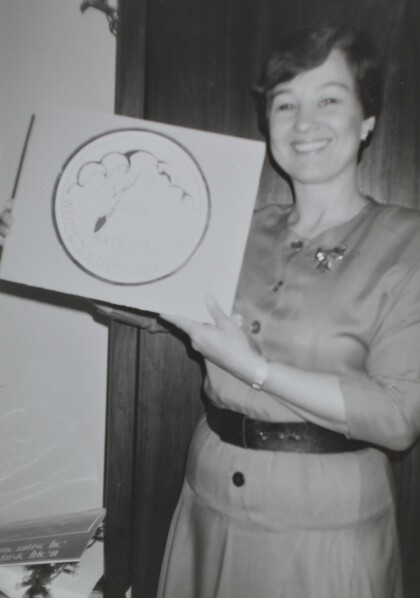
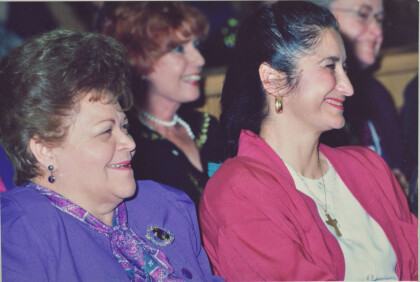
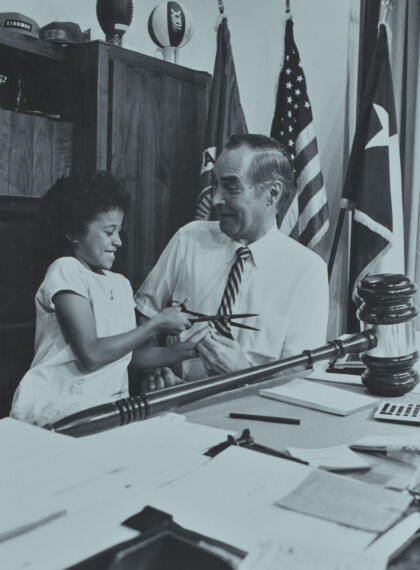
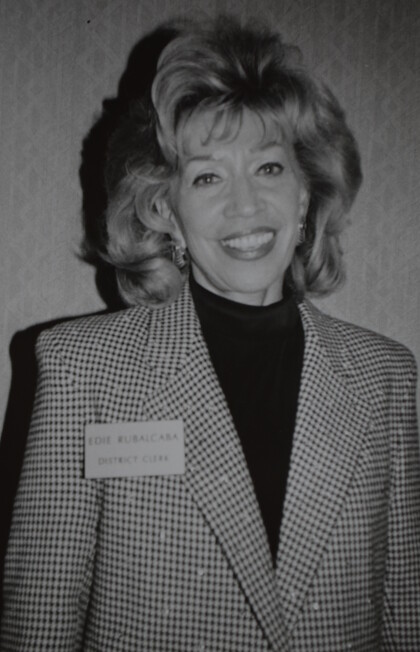
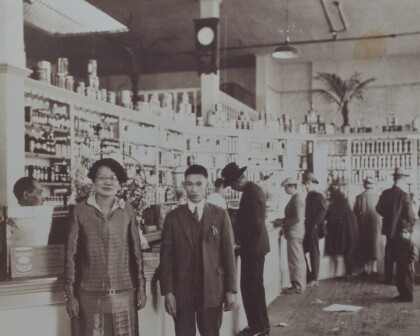
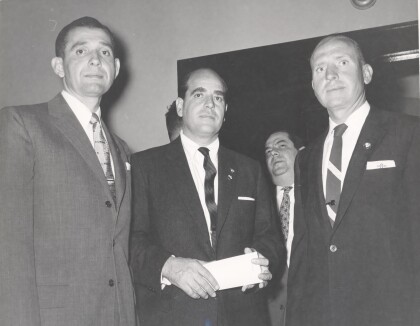
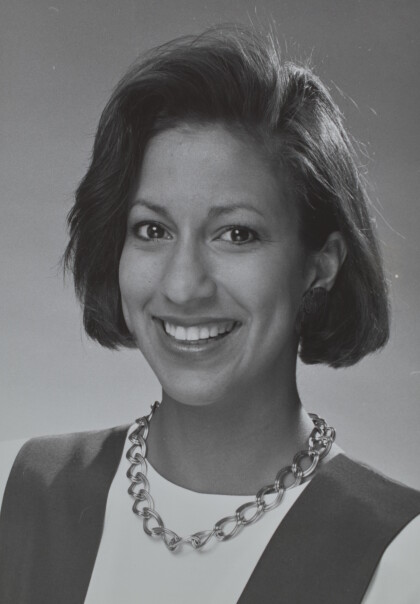
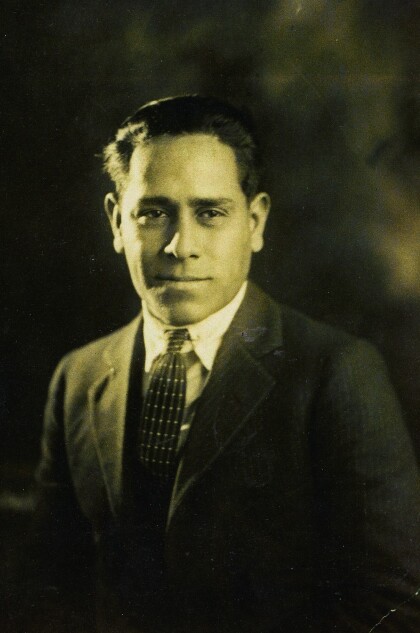

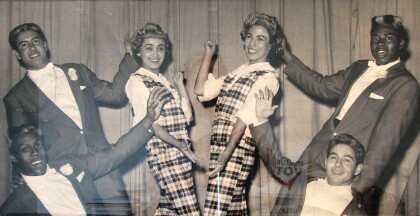
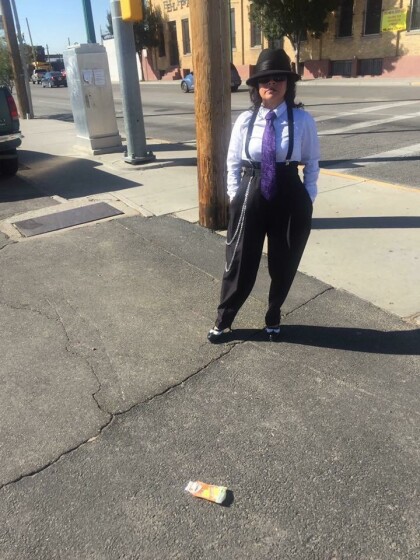
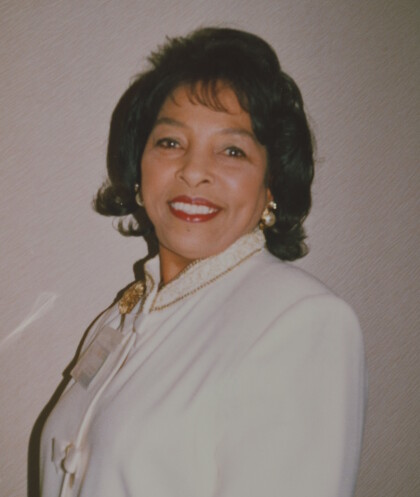
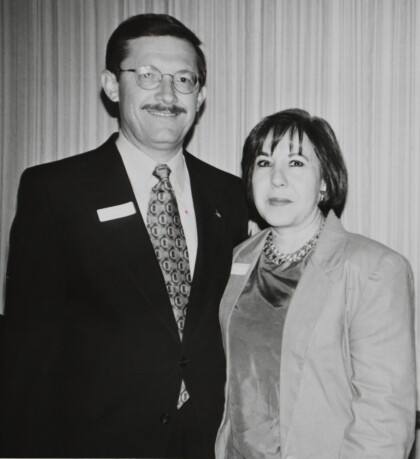
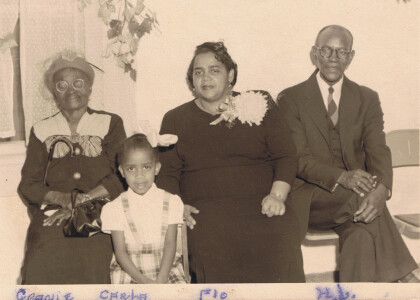
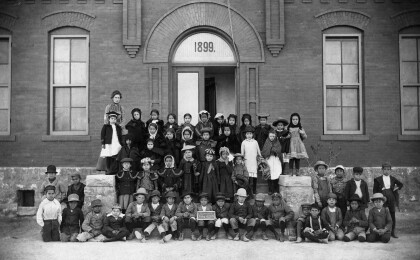
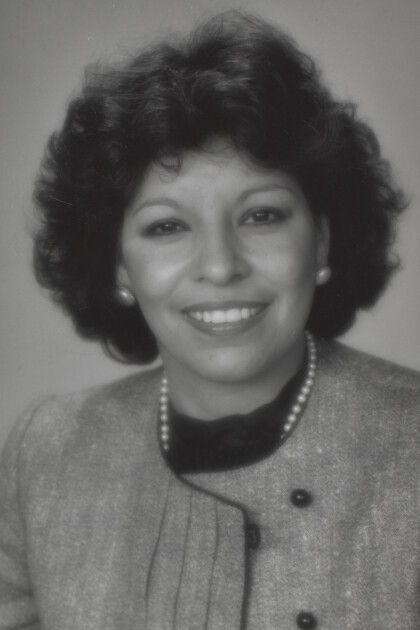
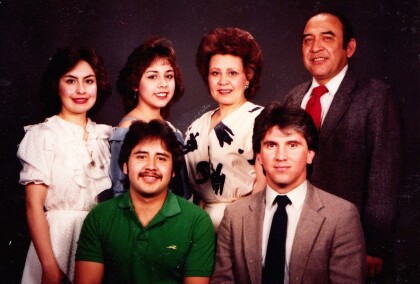

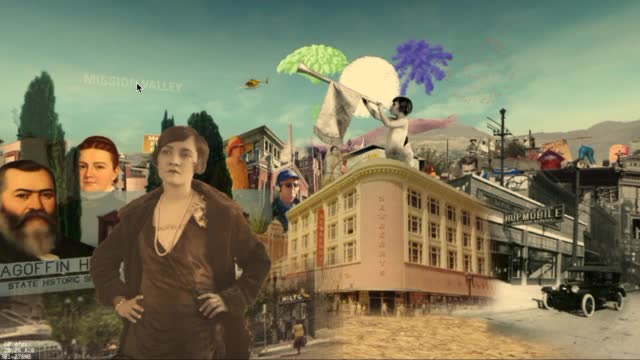
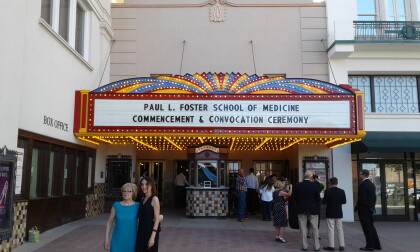
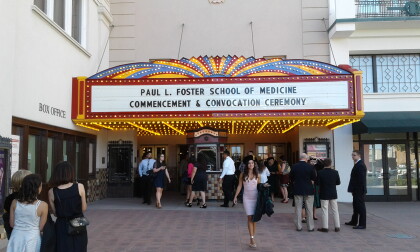
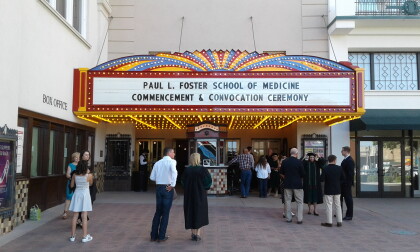
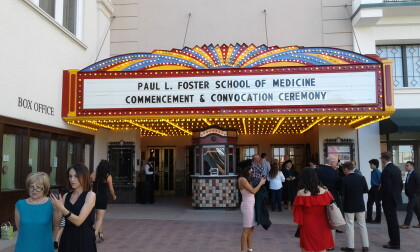
Comentarios
Hacer un comentario